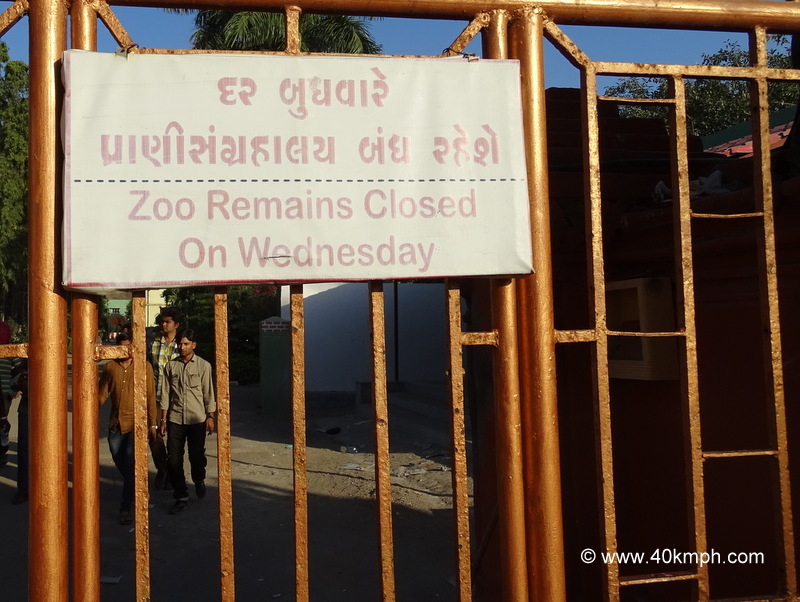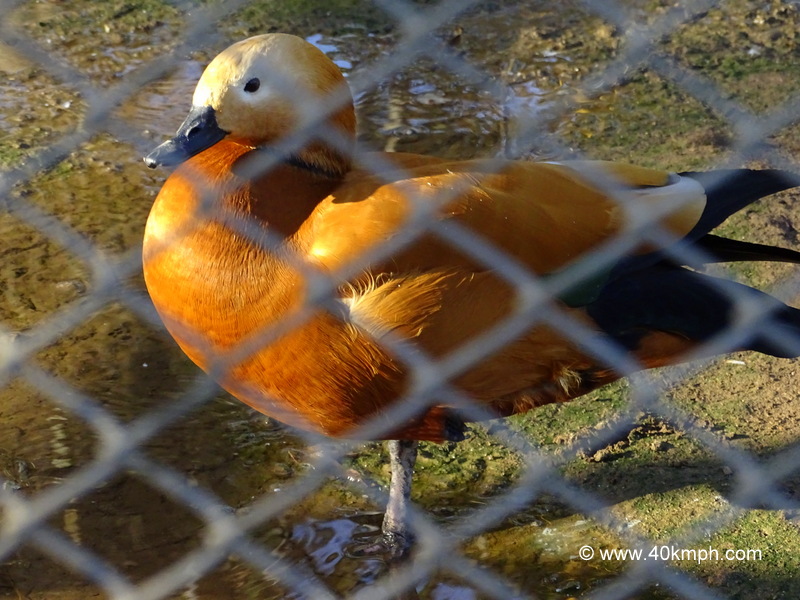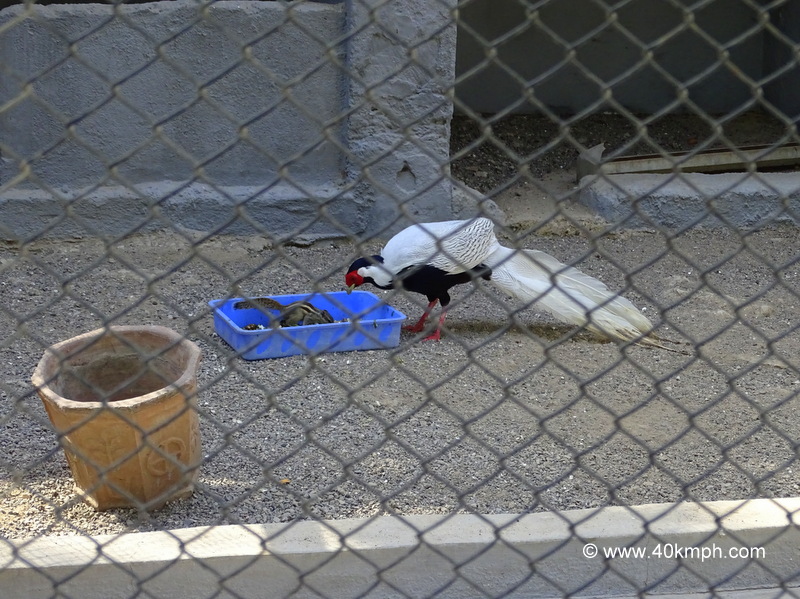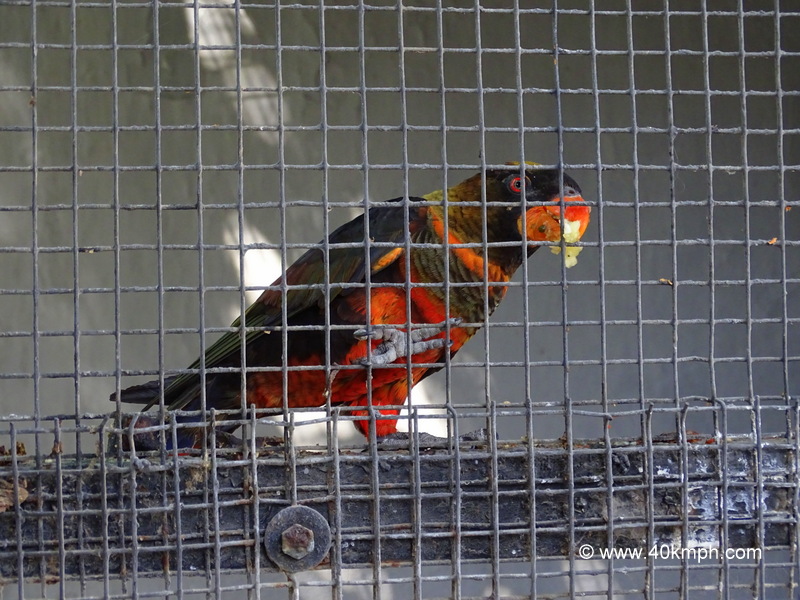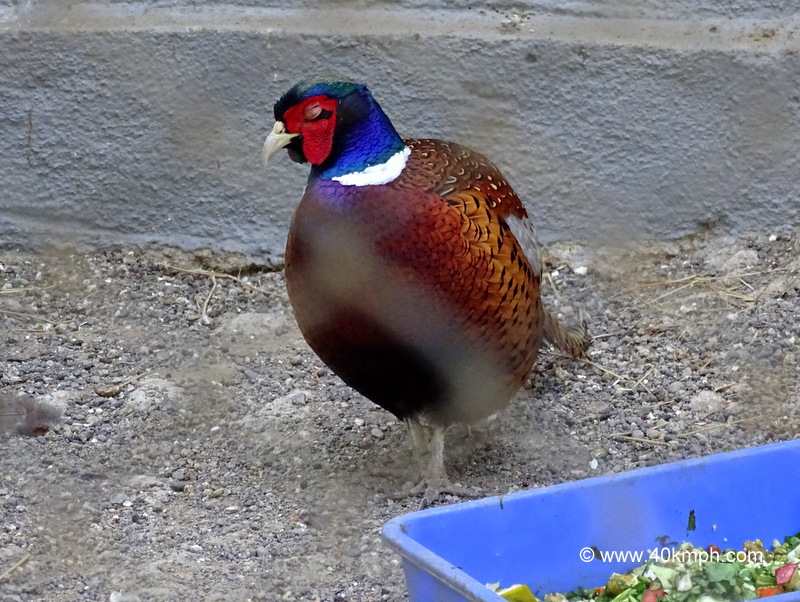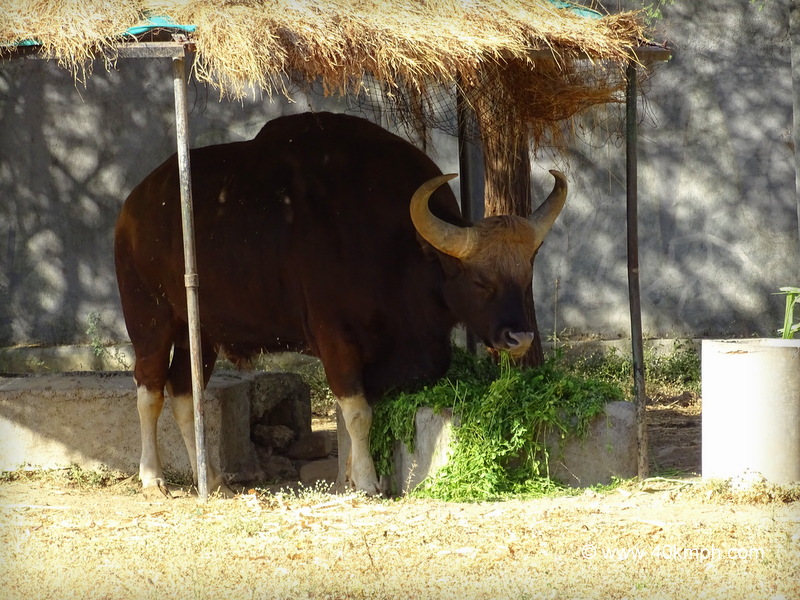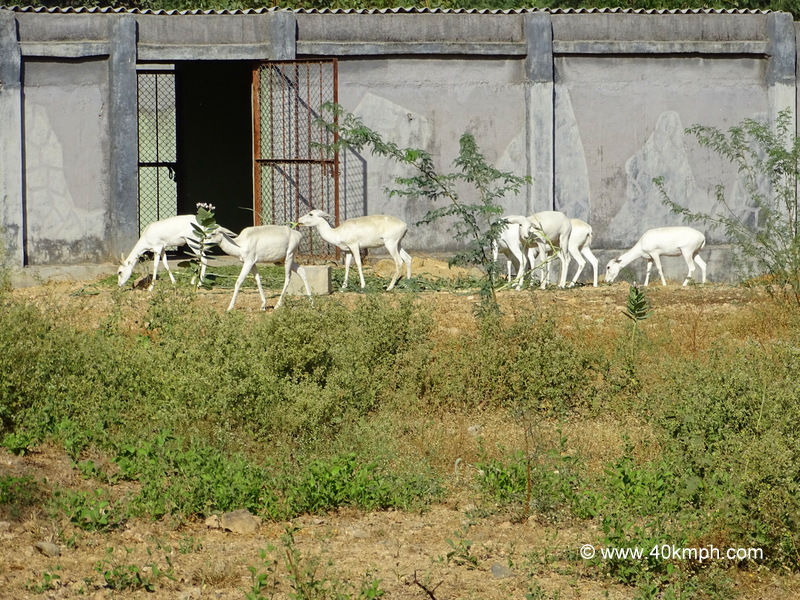Rs. 2500 for Indigo car said a travel service in Bodh Gaya upon the query for the journey to Rajgir, Nalanda, Pawapuri, and return.
Rs. 500 paid as advance.
7:10 am the next day we started the journey from Bodh Gaya and reached Chariot Wheel Mark and Shell Characters and nearby Bimbisar Jail (right-hand side of the highway) in Rajgir at 9:10 am after covering a distance of 73 km approx.
Bodh Gaya to Rajgir 2 hours approx. travel time.
The next stop at 10 am was Sone Bhandar and 1 km further Battleground of Jarasandh.
Since morning no breakfast and the time is close to 11 am. We stop at Green Hotel (suggested by the cab driver) situated almost opposite the hot water spring in Rajgir. We had Aalu Paratha, Dahi (curd), Aalu Dum, Egg Curry, and Salad. Cost – Rs. 408/-. Aalu Dum and Egg Curry was the best-prepared meal I had in recent times. I love food from Bihar.
After lunch, we had a visit to the hot water springs and a halt at Venuvan on the left-hand side little further.
11:50 am we reached Nalanda to visit Nalanda Mahavihara. We met R.B. Prasad – the guide and a walk to listen to history.
2:10 pm we left Nalanda and dropped the idea of visiting Pawapuri as we were tired by now. We have to visit Vulture Peak in Rajgir also which is a short climb – I said.
At Silao, we stop to purchase the traditional famous snack – Khaja, and further continued the journey to reach Rajgir again.
3:20 pm we started climbing stairs to reach Vulture Peak. 30-minute trek – maximum At 4:40 pm we started walking down.
5:00 pm we left Rajgir for Bodh Gaya.
6:30 pm we reached Gaya and 6:50 pm Bodh Gaya.
Total distance covered from Bodh Gaya to Nalanda to and fro 194 km. Road condition – brilliant.
I am happy with the travel services quote. Rs. 2000 is the pending amount – paid. It was a nice tour. Thank you – said I.
